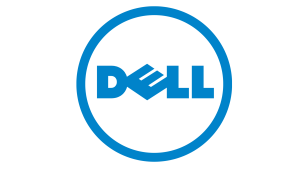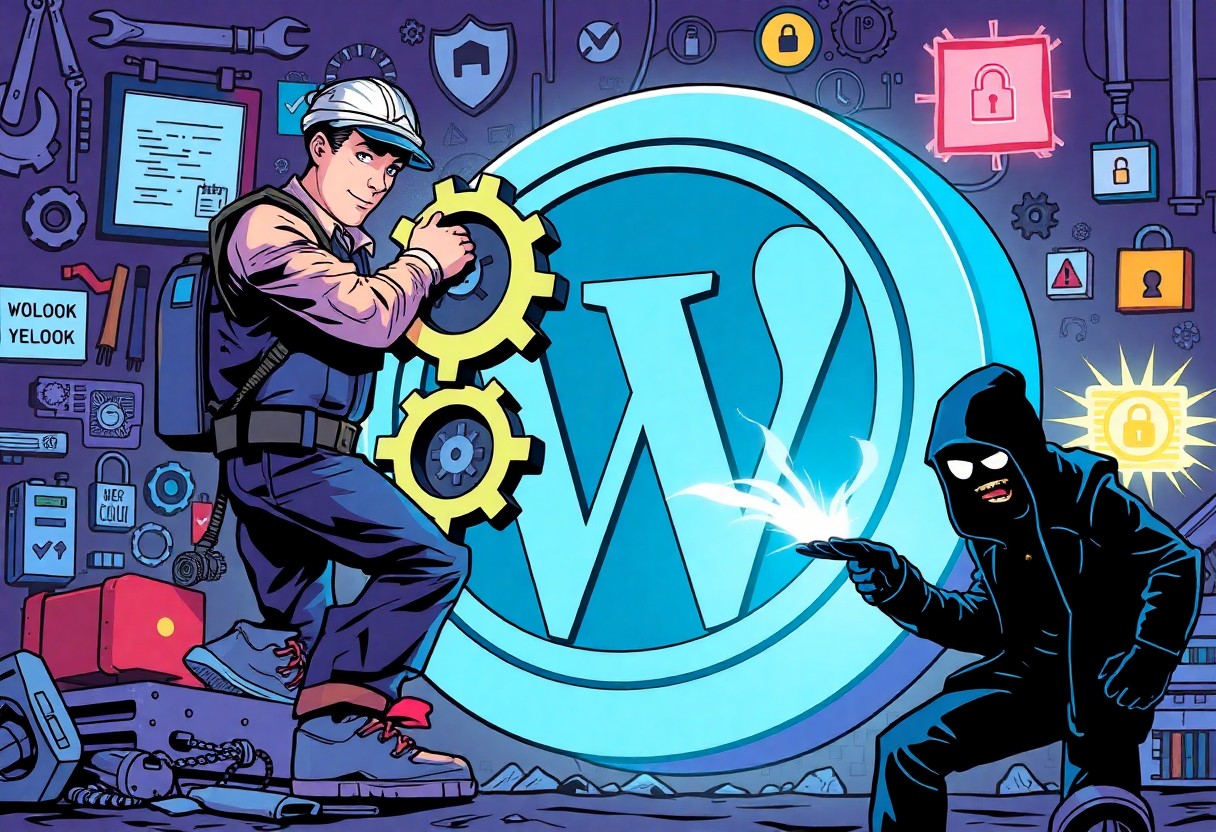How to Bulletproof Your WordPress Security (Without Breaking the Site)
Over the years, WordPress sites have become prime targets for hackers, making it necessary for you to take proactive steps to safeguard your content. In this guide, you will learn how to implement effective security measures that protect your site from threats without causing any disruptions or functionality issues. By following these strategies, you can strike a balance between robust security and a seamless user experience, ensuring that your site remains safe and operational.
Key Takeaways:
- Regularly update WordPress core, themes, and plugins to the latest versions.
- Implement strong passwords and two-factor authentication for user accounts.
- Use a reputable security plugin to manage and monitor potential vulnerabilities.
- Back up your site frequently and store backups securely off-site.
- Limit user access and permissions to reduce the risk of unauthorized actions.
The Digital Battlefield: Recognizing Common Threats
Malware and Backdoors
Malware poses one of the most significant threats to your WordPress security, capable of hijacking your website and compromising sensitive data. Attackers often infiltrate your site using unforeseen vulnerabilities, allowing them to plant malicious code or create backdoors for future access. This can lead to website defacement, data loss, or even stealing your visitors’ personal information, damaging your reputation and trust.
Common types of malware include adware, spyware, and ransomware. For instance, ransomware can lock you out of your own website, demanding a hefty ransom for release. Frequent updates and using reputable security plugins can significantly reduce the risk of malware attacks and help maintain a clean, secure environment.
Brute Force Attacks and Password Vulnerabilities
Brute force attacks exploit predictable login behaviors, attempting countless username and password combinations until access is achieved. With access to tools that automate this process, attackers can launch thousands of attempts in minutes, targeting weak or default passwords commonly used by users. A simple password, such as ‘123456’ or ‘password’, exposes your site to substantial risk, potentially leading to unauthorized control of your content and settings.
Enforcing strong password policies is vital. Implementing the use of multi-factor authentication (MFA) can serve as an additional security layer, requiring not just a password, but also a second method of authenticating your identity before granting access. This significantly reduces the likelihood of a successful brute force attack.
Staying informed about the latest statistics can also guide your security measures. Research shows that up to 90% of successful breaches involve weak passwords. Take immediate action by using password managers and creating unique, complex passwords for each user, which will fortify your defenses against brute force attempts.
Fortifying Your Foundation: Essential Security Plugins
Top Security Plugins to Consider
Your choice of security plugins can dramatically enhance your WordPress site’s defenses. Options like Wordfence Security, known for its firewall and malware scanning features, provide comprehensive protection against a variety of threats. Sucuri Security offers powerful malware detection and security hardening features, ensuring your site is less prone to attacks. Additionally, iThemes Security focuses on identifying and preventing common vulnerabilities, making it an excellent choice for users seeking a straightforward solution.
Each of these plugins comes with unique features tailored to protect your specific needs. For instance, All In One WP Security & Firewall provides a user-friendly interface that allows you to implement various security measures without needing extensive technical knowledge. By utilizing plugins specifically designed to cope with the evolving landscape of cyber threats, you strengthen your site’s foundational security effortlessly.
Configuring Plugins for Maximum Protection
Activating a security plugin often isn’t enough; proper configuration is imperative for maximizing its effectiveness. Begin by setting up a strong firewall feature to filter out potentially dangerous traffic. Adjusting settings for login attempts can deter brute force attacks, helping to prevent unauthorized access. Furthermore, enabling the built-in scanning options will allow you to regularly check for vulnerabilities or malware, keeping your site secure over time.
Take the time to routinely customize your settings based on the unique characteristics of your site. Regular updates and practice make a significant difference; ensure that both the plugins and WordPress core are up to date to mitigate risks associated with obsolete software. Consider implementing two-factor authentication for an added layer of security during the login process, as this renders stolen passwords futile in accessing your account.
Crafting Fortified Credentials: The Art of Strong Passwords
Strategies for Creating Unbreakable Passwords
You need to prioritize creating strong passwords that can withstand unauthorized access attempts. Combine upper and lower case letters, numbers, and special characters to form a password that is at least 12 to 16 characters long. Instead of using easily guessable information such as names or dates, consider using a passphrase comprised of random words, along with complex characters interspersed throughout. For instance, “Elephant!Rain$89Tractor” is far more secure than “password123.” Utilizing password managers can simplify this process, allowing you to generate and store unique logins for each of your accounts.
Regular password audits are crucial to maintain security. If you notice any indicators of a breach or receive unusual account activity alerts, change your passwords immediately. Implement a policy of regularly updating passwords every three to six months as an additional precaution. The use of a strong password, combined with a unique identifier for each account, reduces the chances of falling victim to credential-stuffing attacks, where hackers exploit leaked passwords across multiple platforms.
The Role of Two-Factor Authentication (2FA)
Enhancing password strength alone may not suffice, making Two-Factor Authentication (2FA) an crucial layer of security in your WordPress arsenal. 2FA requires not only your password but also a second verification step, such as a text message code or an authentication app prompt. This additional step creates significant hurdles for cybercriminals, even if they manage to acquire your password. According to a study, accounts with 2FA enabled are 99% less likely to be compromised.
Incorporating 2FA is a straightforward way to bolster your security. Many authentication apps, such as Google Authenticator or Authy, provide time-sensitive codes that add dynamic layers to your login process. This means that even if someone captures your password, they would still need access to that second factor to gain entry. Such systems not only protect your account from potential breaches but also instill confidence in your website’s overall security posture.
Keeping Your Armor Updated: The Importance of Regular Maintenance
Keeping Core, Themes, and Plugins Updated
Regularly updating your WordPress core, themes, and plugins significantly enhances security. Each update typically includes patches for vulnerabilities that could be exploited by attackers. For instance, in 2021, a critical vulnerability was discovered in a popular plugin used by over a million sites; ignoring such updates can leave your website exposed to threats that could compromise sensitive data. Ensure you take the time to check for updates weekly to maintain the integrity of your WordPress site.
Utilizing tools like ManageWP or the built-in WordPress update feature can streamline this process. These tools notify you of available updates and even allow for automated updates, ensuring you’re always running the latest versions without manual intervention. Setting this up not only saves time but also reduces the risk of falling prey to cyberattacks targeting outdated software.
How to Establish a Maintenance Schedule
Creating a consistent maintenance schedule is vital for keeping your site secure and performing efficiently. Start by setting aside specific times each month to review updates, security settings, and backup processes. This systematic approach prevents lapses in security and allows you to stay proactive instead of reactive. Incorporating regular checks into your calendar creates a routine that can help you avoid the stress of urgent fixes in the future.
To make your maintenance routine effective, consider implementing a checklist that you can follow during each session. This could include backing up your site, checking the security logs, ensuring all software is updated, and reviewing user access rights. Documenting each step taken during the maintenance helps track improvements over time, and using disciplined habits will lead to a more secure and stable WordPress environment.
Secure Your Surroundings: Optimizing Hosting and Network Solutions
Choosing a Secure Hosting Provider
Your choice of hosting provider significantly impacts your site’s security. Opt for a provider known for strong security measures, such as managed WordPress hosting services like WP Engine or Kinsta, which offer advanced security features and regular monitoring. These providers implement automatic backups, malware scanning, and server-level security protocols to defend against threats. Look for options that feature a Content Delivery Network (CDN) integration, which not only boosts performance but also adds an additional layer of security by filtering malicious traffic.
Additionally, confirm that your hosting provider maintains compliance with industry standards. For instance, the GDPR, which governs data protection and privacy for all individuals within the European Union, mandates strict guidelines for data handling. A provider committed to such compliance is likely to prioritize security, keeping your sensitive data safe from breaches. Opting for a hosting service that employs firewall technology and provides regular security audits can offer enhanced peace of mind.
Utilizing Firewalls and SSL Certificates
Firewalls serve as a first line of defense against attacks, filtering incoming and outgoing traffic. Deploying a Web Application Firewall (WAF) can block malicious traffic before it even reaches your site. Solutions like Sucuri or Cloudflare analyze traffic in real-time, mitigating threats such as SQL injection and Cross-Site Scripting (XSS). Regularly updating firewall rules and policies keeps your defenses in alignment with emerging threats.
SSL certificates encrypt data exchanged between your website and its visitors, safeguarding sensitive information like login credentials or payment details. Implementing SSL not only enhances security but also boosts your site’s ranking on search engines; sites with SSL enabled are perceived as more trustworthy. Browsers like Chrome display “Not Secure” warnings for sites without SSL, discouraging potential visitors.
Firewalls and SSL certificates work in conjunction to create a robust security framework. Firewalls proactively block unwanted traffic while SSL certificates ensure that any data transmitted remains confidential and tamper-proof. This dual-layered approach fortifies your WordPress site, significantly lowering the chances of a data breach or unauthorized access.
Summing up
Considering all points, you must prioritize securing your WordPress site while ensuring it remains fully functional. Start by implementing strong passwords, regular updates, and reliable security plugins to create a solid foundation. It is equally important to perform regular backups and monitor user permissions, as these actions will significantly enhance your site’s resilience against potential threats.
Additionally, consider utilizing a web application firewall and configuring your file permissions correctly for added protection. By following these practices, you can effectively bulletproof your WordPress security without compromising the user experience or site performance. Staying informed about emerging security trends and vulnerabilities will further empower you to maintain a robust and secure digital presence.
FAQ
Q: What are the most effective ways to secure my WordPress login?
A: Implement strong passwords and two-factor authentication, limit login attempts, and change the default login URL.
Q: How can I keep my WordPress themes and plugins secure?
A: Regularly update themes and plugins to their latest versions and only use reputable sources for downloads.
Q: Is it necessary to have a security plugin for WordPress?
A: While not mandatory, a security plugin can enhance security by providing features like firewalls, malware scanning, and monitoring.
Q: How can I ensure the security of my database?
A: Change the default database prefix, use strong database credentials, and regularly backup your database.
Q: What steps can I take to secure my WordPress hosting environment?
A: Choose a reputable hosting provider, utilize SSL certificates, and implement server-level security measures to protect your site.






